The 10 Coolest Notebooks Of 2008
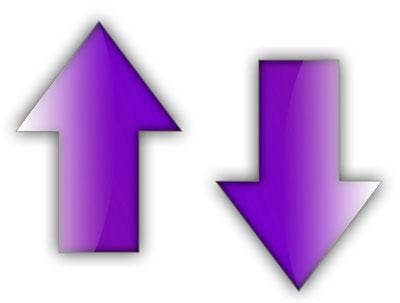
From gaming to business, retail to commercial, Wi-Fi to WiMAX, 2008 was the most cutting-edge year ever in the history of mobile computing. It started with a manila envelope in San Francisco with the unveiling of the MacBook Air and wound through Samsung's re-entry into the arena late in the year.
Here are the 10 coolest notebooks that made it a memorable year.
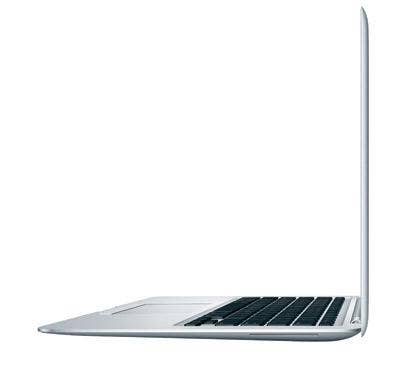
Steve Jobs slid it out of a standard manila envelope, and the MacBook Air measured 0.16 inches at its thinnest point -- drawing gasps and applause from the crowd at MacWorld in January. With its 13.3-inch screen and metallic case, it became an instant sensation.
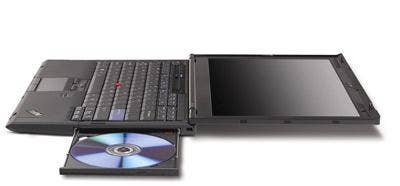
All the while that Apple was developing and building its MacBook Air, largely for consumers, Lenovo was busy developing its ThinkPad X300 -- its own ultra-thin, ultra-light line for business-serious customers. When it launched, Lenovo was able to brag that, unlike Apple, its product had a built-in optical drive and no compromises for thin-and-light mobility. During testing, it performed like a champ.
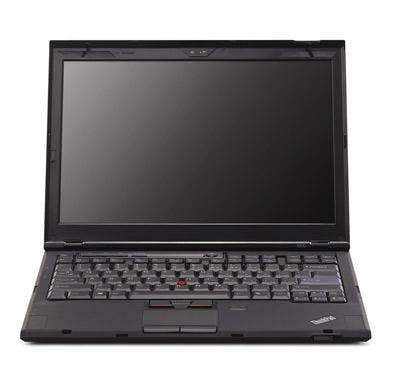
Take the fit and finish, form factor and performance of the X300, and add WiMAX capability, and you come away with the ThinkPad X301. Lenovo has done a good job of integrating its own management console for XOHM's WiMAX network (now confined to the city of Baltimore), and is making a statement that it won't be left out of the next generation of connectivity -- nor will its ultra-thin, ultra-lightweight lineup either.
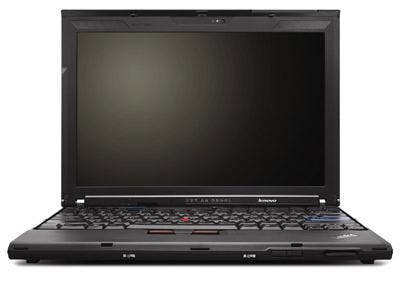
At 2.95 pounds, it's light enough to carry around all day, and its small form factor (11.5 by 9.5 by about an inch at its thinnest point) makes it possible to take in a carry-on for those who don't want to walk on an airplane with more than one bag. What really grabbed our attention was the X200's 9-cell battery life. In lab testing, the X200 lasted for 4 hours and 16 minutes -- but with standard use it should go much longer. Lighter, thinner and longer lasting. No, it's not a paper towel -- it's the X200, one of the coolest notebooks of the year.
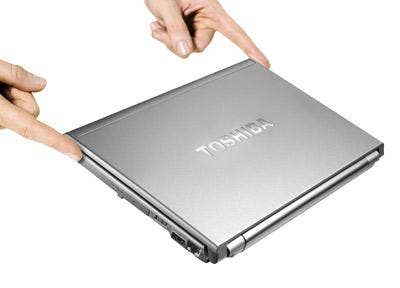
Before there was the MacBook Air or the X300, Toshiba launched its Porteger R500 series -- making it a pioneer in the thinner, lighter notebook space. We liked models from earlier in 2008 for their design, engineering and performance. And then Toshiba announced they were adding a 128-GB SSD to some models and, even with a list price of just less than $3,000, sealed the deal. It's been one of the coolest competitors in the notebook market this year.
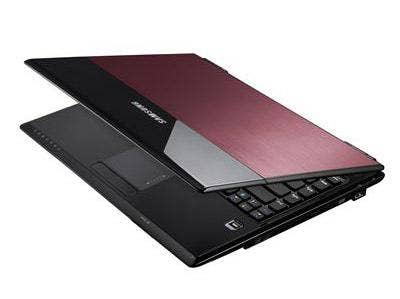
When Samsung launched its re-entry into the U.S. notebook market after about a decade, they came armed with an array of notebooks from low-end to high, gaming systems to business notebooks. One of the coolest in its lineup is the Samsung X460. The base unit we looked at was built with an Intel Core 2 Duo P8400 CPU at 2.26 GHz, with 3 GB of RAM and Windows Vista Business. The 300-GB hard drive was among the highest-capacity we've seen in a business notebook this year, and its 14.1-inch, glossy LCD was bright and easy to view. Very nice performance, very nice design and engineering, and a glossy, burgundy case that makes it stand out -- leading features that make it a sweet notebook.
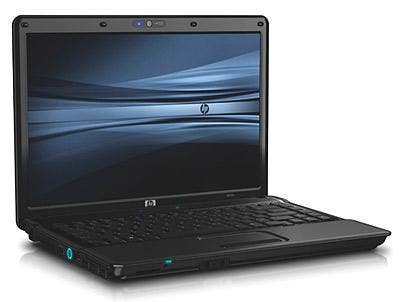
The HP Compaq 6730b is not a flashy notebook, or the highest performing, or the cheapest. But it does everything better than many HP notebooks have done in the past and is a solid choice for solution providers working with SMB customers. Its performance is stellar, its multimedia is great and its starting list price -- just over $1,000 -- makes it difficult to bypass.
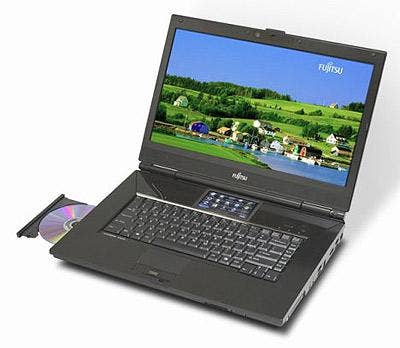
Fujitsu has long been a leader in developing notebooks with slimmer form factors, bright displays and new features, like Web cams (when they weren't ubiquitous). The company is doing it again: The LifeBook N7010 is built with two (count 'em, two) displays. The main display, which is 16 inches, is typical for Fujitsu: clean, clear and bright with nice colors. The second display, which sits between the main LCD and the keyboard, is four inches and has touch capability to allow the user to tap icons for frequently used applications in a way to quickly and easily open them up for use.
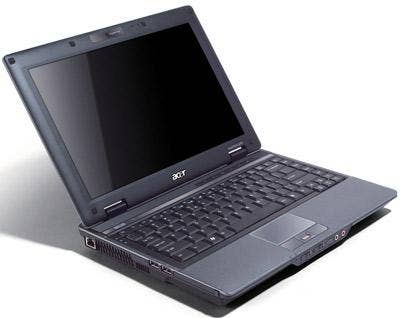
There's a lot to like in Acer's TravelMate 6393, but here's what tops the list: It's the Test Center's battery life champion for 2008. Under lab testing, the notebook made it beyond 5 hours -- but for standard office work, count on it to push the envelope to the 10-hour range. Acer is showing that, on a single battery, it's possible for all-day battery life to actually get you through an entire work day.
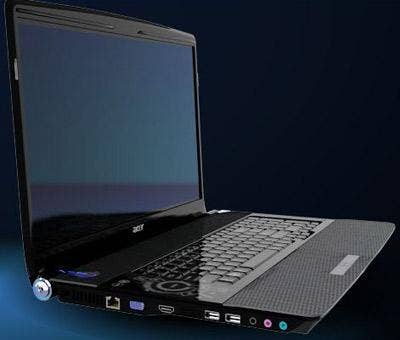
A 18.4-inch screen. DVD and Blu-ray capabilities. Gigabit Ethernet. Dolby Home Theater 5.1 Surround Sound. While not really a mobile device because of its 9-pound weight, this monster notebook is designed as a snappy multimedia solution. The glossy, dark blue color may be mistaken for looking more carbon in its coloration, but it won't be mistaken for anything other than one of the coolest notebooks we've seen this year -- whether for commercial or retail. Pricing can range from $1,200 to approximately $2,500 for a unit reviewed by the Test Center; but it wasn't a design created with frugality in mind.